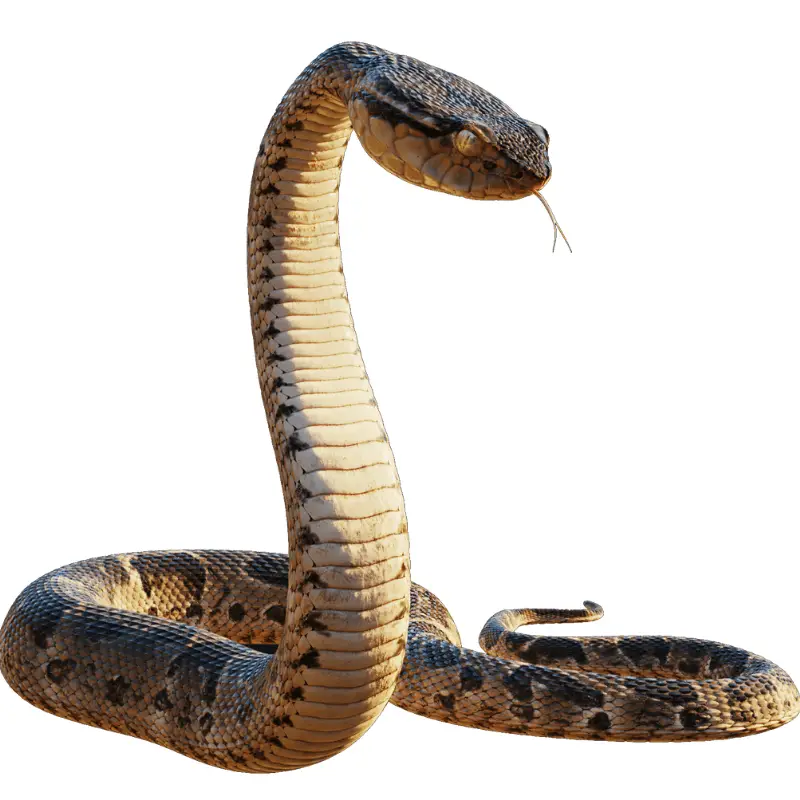Reptiles are vertebrate animals covered in unique skin that is made of plates or scales. Some reptiles come with a skin that is made of a combination of both. These air-breathing creatures shed the outer layer of the skin regularly. The metabolism of reptiles depends on the temperature of the environment. Unlike mammals and birds, reptiles cannot maintain an internal body temperature. Without the fur of the mammals or feathers of the birds to create the insulation, the reptiles cannot keep themselves warm on a cold night.

Reptiles do not have any sweat glands or the ability to pant, they cannot cool themselves on a hot day. Instead, they change their places and move into the sun or the shaded area depending on the temperature. Thanks to their sun-seeking behaviour and low rate of metabolism, reptiles are cold-blooded animals. As we know, snakes are cold-blooded animals. But do they also belong to the reptile class?
Yes, snakes belong to the reptiles class of animals, like lizards, turtles, and crocodiles. During the colder months, one of the traits of the reptiles is that they hibernate in places like caves and burrows and fall into a deep sleep-like condition until the weather becomes warmer.
Other Reptiles
- Lizards
- Turtles
- Crocodiles

Lizard 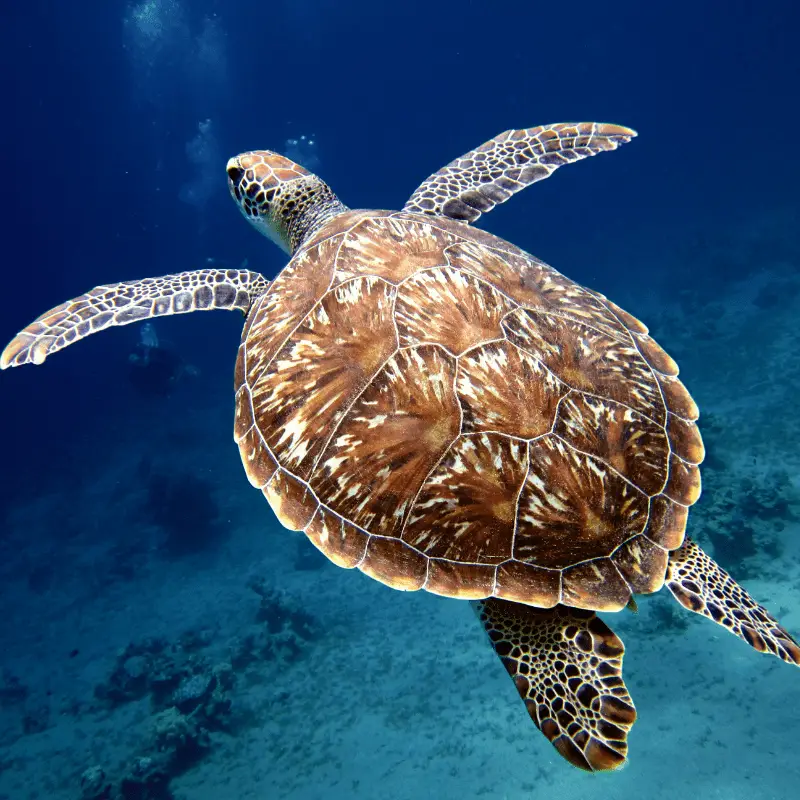
Turtle 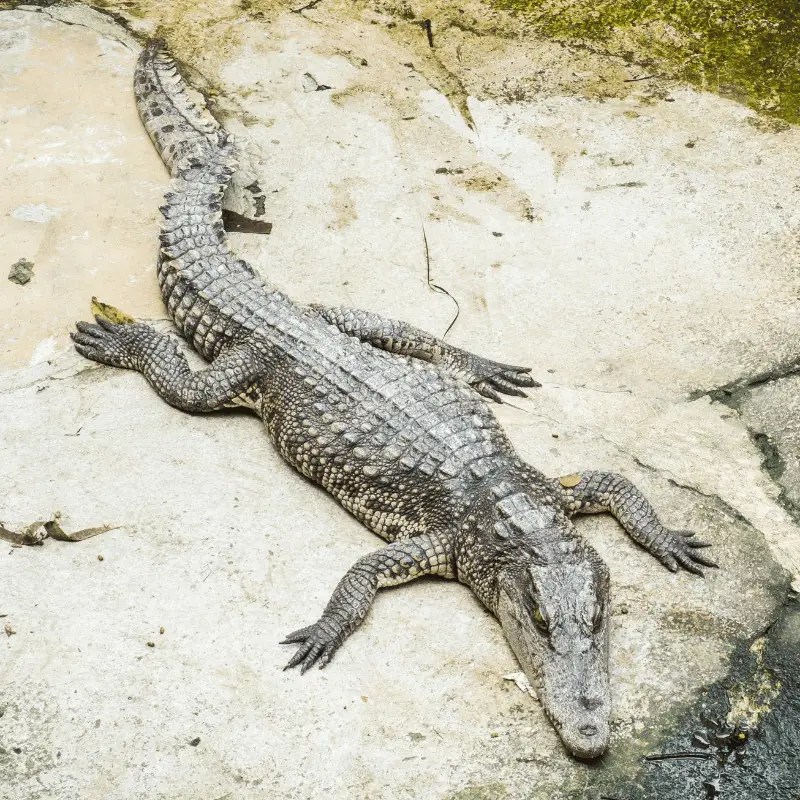
Crocodile
Snakes
More than 3000 species of snakes are found on this planet. Except for Antarctica, Ireland, Iceland, Greenland, and New Zealand, you can find snakes everywhere on this planet. Among all the snakes, only 600 species are venomous, and the rest are non-venomous. Among the venomous snakes, about 200 species have strong enough venom to kill or significantly injure humans.
While the venomous snakes use their venom to subdue their prey, the non-venomous snakes constrict their prey to death. Most of the non-venomous snakes, like the garter snake to the huge pythons, kill their victims by swallowing them alive.
Almost all snake species consume their food whole and in a substantial portion at a time.
Importance Of The Snake Scales
We now know that snakes cannot regulate their body temperatures like birds or other mammals. Even though their scales cannot help them control their external temperature, they come in handy in different situations. For instance, in an arid type climate, the snake scale’s trap moisture, which can help reduce friction significantly as the snake moves.
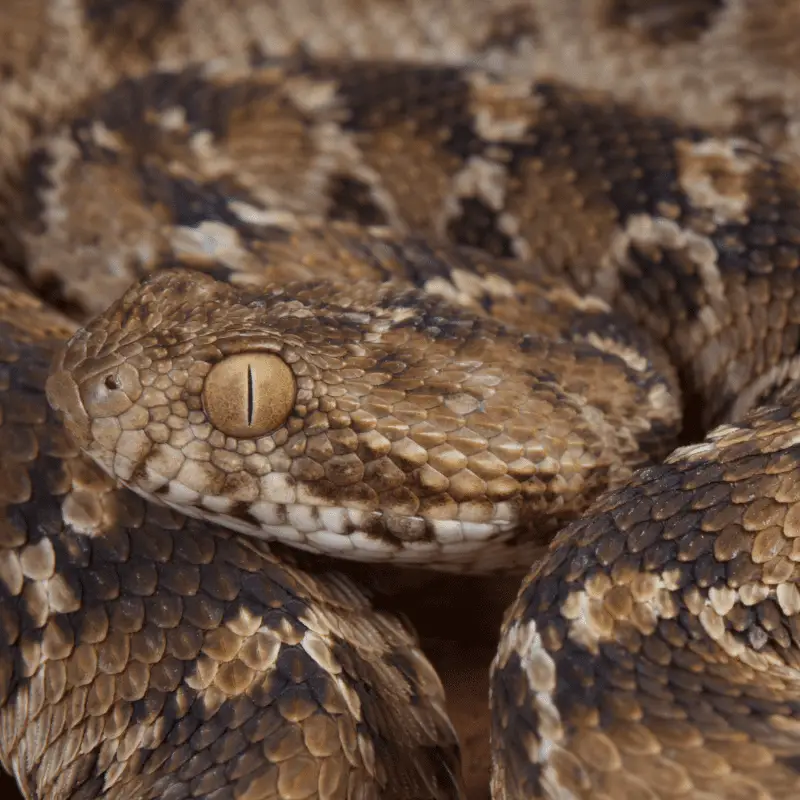
What’s so unique about snakes?
Snakes flick their tongue around to check their surroundings. It helps them to understand if they are in danger or if any of their prey is nearby. Other than their tongue, an opening, called pit holes, in front of the eyes of the snake. It helps them to find warm-blooded prey through the heat sensors. The bones in the lower Jaws of the snakes can pick up vibrations from rodents and other small animals scurrying around.
Size Variations
With so many species available worldwide, there is no doubt that the snakes will vary in size significantly. The smallest snake in the world is the thread snake. It grows only about 10 cm. even in adult form, these snakes are not longer than an earthworm. The largest snake, the reticulated python, on the other hand, grows up to astonishing 9 meters.
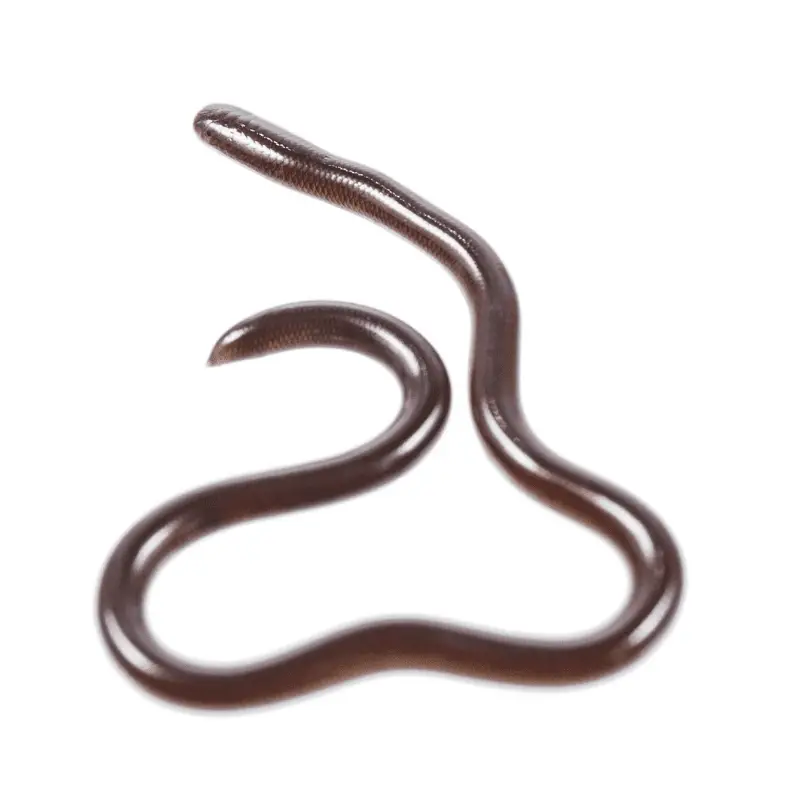
Eggs and Baby Snakes
One of the common misconceptions about snakes is that they create nests for their eggs. Only a single species of snake, the king cobra, really builds a nest for its snakelets. Also, not all snakes lay eggs. Even though 70% of snakes are oviparous, the rest of the 30% give birth to young snakelets, much like mammals. The reason again is the temperature. The climate of the countries in colder regions is way too freezing for the snakes to develop and hatch eggs. Mostly snakes in more frigid climates give birth to young snakes.
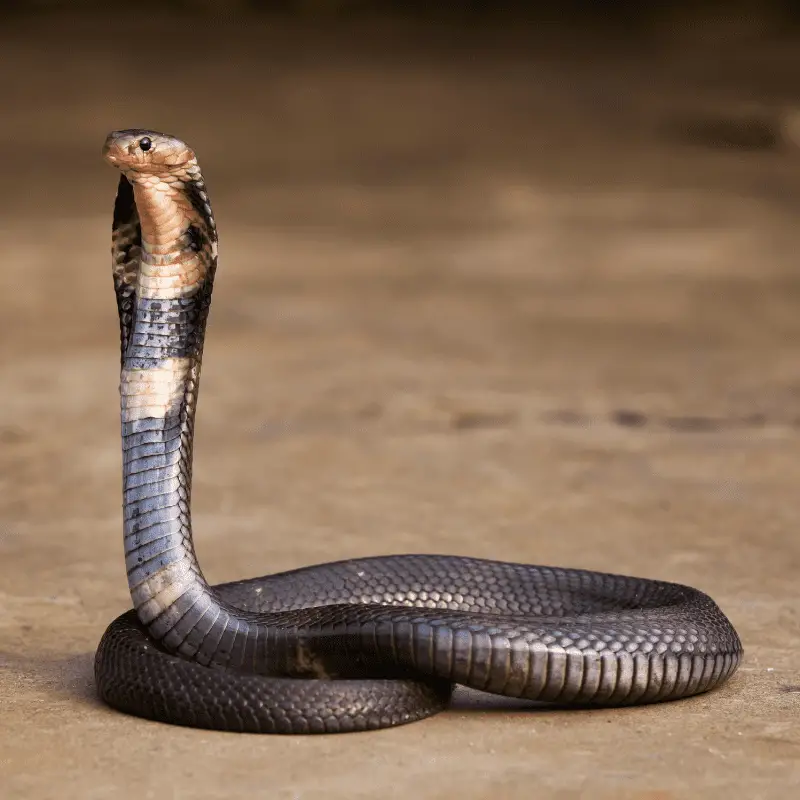
Where Do Snakes Live?
You can find snakes in almost every corner of the world, usually found in deserts, forests, grasslands, and swamps. They also live in underground burrows or under rocks.
Some snakes, like water moccasin and cottonmouth of North America, sometimes live in water.
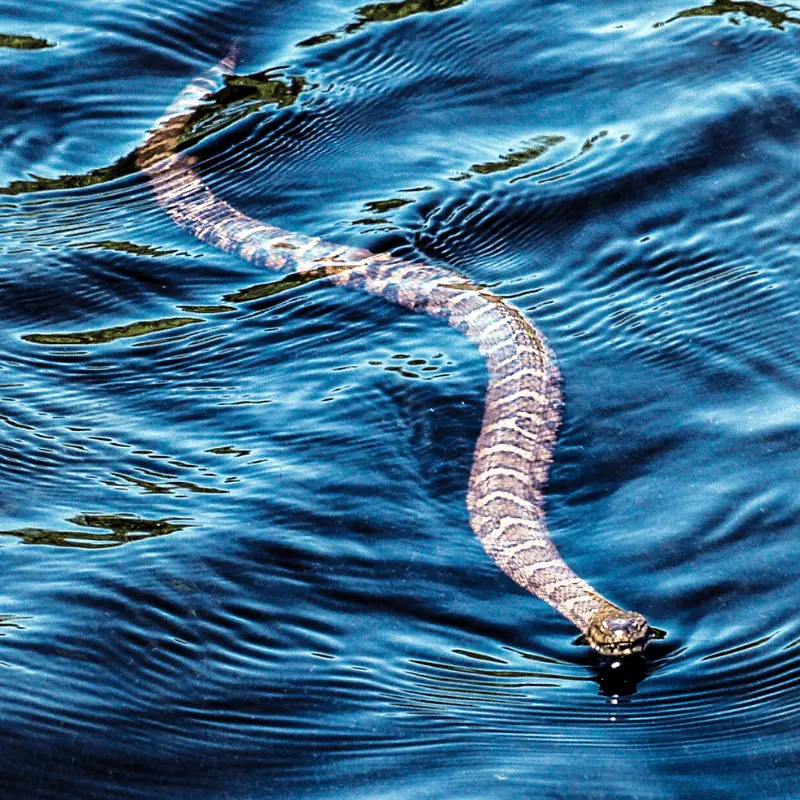
While most of the snakes are Terrestrial, there are about 70 species that live in the Pacific and Indian oceans. Known as the sea snakes, these reptiles and their cousin kraits are some of the most venomous snakes in the world. However, they pose little to no threat to humans. Because they are very gentle, shy and their fangs are far too short of causing damage to humans.
Conservation status
St. Lucia Racer is the rarest and the most dangerous snake in the world. It is believed that only 18 to 100 of these snakes are alive in the wild. Adelophis copei and the Amami Takachiho, are also considered vulnerable by the IUCN. These species are facing significant threats due to human intervention in their habitat. Rapid urbanisation and changes in the natural habitat are slowly but surely making these snakes homeless, leaving them vulnerable.
Other Facts
- Even though snakes have nostrils, they do not smell through their noses. They use their forked tongue to taste and smell the chemical traces in the air.
- Snakes do not have ears or eyelids.
- The eyes of a snake do not move.
- Snakes hear through the vibration on the ground.
- While humans skin flakes off a little bit at a time, snakes shed their skin regularly. It’s called molting, and this process takes place about twice every year on average.
- Even though snakes look shiny, they are not slimy to touch. The scales of the snakes are dry and smooth, and some of them can use them when climbing. The snakes angle their scales to grip the crevices of trees and rocks. It helps them to climb.
- Even though most snakes slither on the ground, some snakes can fly. The paradise tree snake of southeast Asia can do this seemingly impossible task. They swing their bodies through the air and create a C shape to catch the airflow. By flipping their bodies back and forth, they can even change the direction of their flight.

